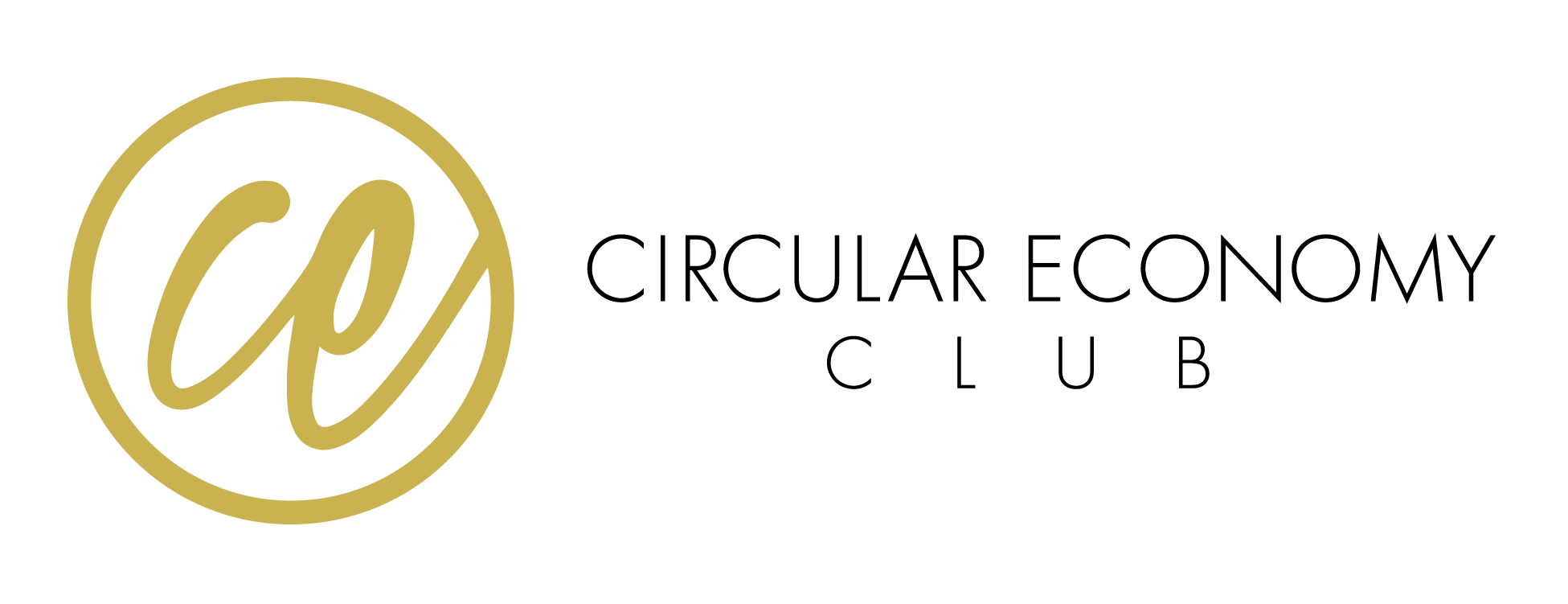- Profile
- More Info
- PHOTOS FROM THIS LISTING
- Map
- Comments
- Category
- Type of stakeholder
- Type of strategy
-
Dubbed the Zero Waste Textile Initiative by the city of San Francisco, the I:CO City initiative makes it seamless and simple to recycle unwanted textiles. When I:CO approached the city looking to create something of a beta test for its infrastructure-based closed loop system, it seemed like a perfect match.
On its quest to achieve zero waste by 2020, San Francisco identified textiles as a major challenge: Before the I:CO partnership, textile waste comprised 3.4 percent of the city’s total waste stream–making it one of the top 10 landfilled materials. Although the city boasts the highest recycling rate in the country at 80 percent, it still sends more than 4,500 pounds of textiles to the landfill every hour, Gilbert said.
WHAT WORKED WELL
- I:CO and its retail partners set up more than 100 collection bins at retail stores, apartment complexes, schools and public buildings around the city, and began awareness campaigns to encourage residents to recycle their clothes and footwear. After the items are picked up by I:CO, the company works with third party sorters and graders to break them into 400 different categories to allocate as second‐hand clothing, reuse as cloths, recycled into fibers and paddings, or upcycled into a product of equal or higher quality.
- I:CO partners with brands to collect used clothing and shoes at retail outlets and reward the customer for their efforts, effectively extending product responsibility for manufacturers and allowing them to embrace sustainability as part of their goals.
- “It’s about constantly connecting those dots around the world, creating jobs and creating a more sustainable world,” Gilbert said, using up-and-coming designers searching for off-cuts and fine shoe manufacturers seeking recycled leather as examples of successful partnerships. “Our goal is that every textile collected will ultimately never be landfilled and will have a new life.”
LESSONS LEARNED
- While items in poor condition are often reused for cleaning cloths or downcycled into fiber for padding and insulation, the company has seen great success in creating new clothing from tossed textiles. It should be noted that this is easier said than done: Much like paper, textile fibers shorten and degrade when they are recycled–meaning they have to be combined with virgin material to create a durable garment.
- Each retail partner is also given the chance to select a charity recipient for all proceeds that come from collected clothes. But, as Gilbert pointed out, collection is only the beginning: “It’s not only about dropping clothes in a box, and our partners know that,” she told us.
WORKING GROUP
- San Francisco Local Authority
- I:CO clothes collector
- Retailers
- Sorters
-
Category: TextilesType of stakeholder:
- Government
- Private sector
Type of strategy: Waste as a resource (e.g.: composting and recycling ) -
-
-
Category: Textiles
-
Type of stakeholder:
- Government
- Private sector
-
Type of strategy: Waste as a resource (e.g.: composting and recycling )

